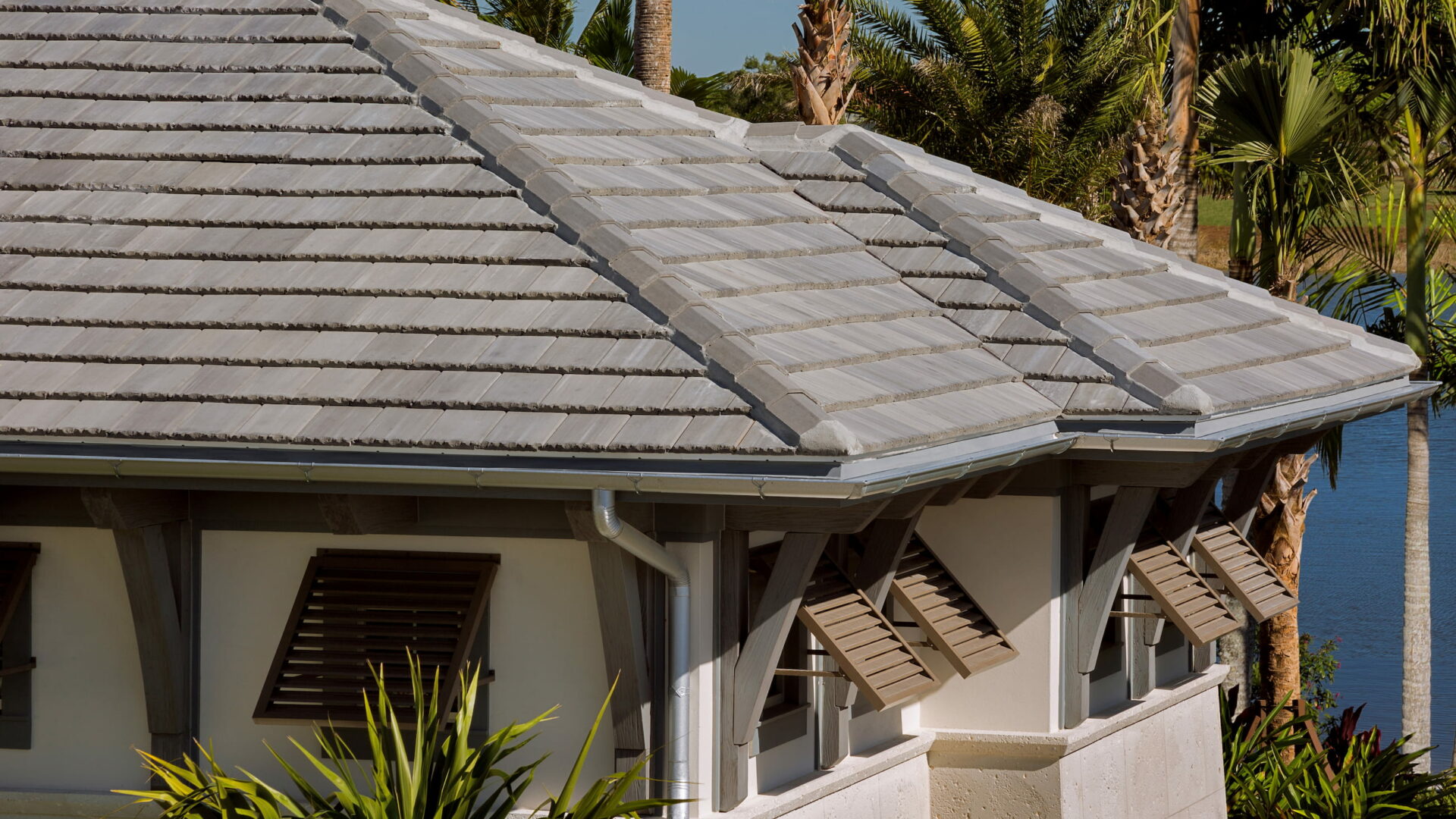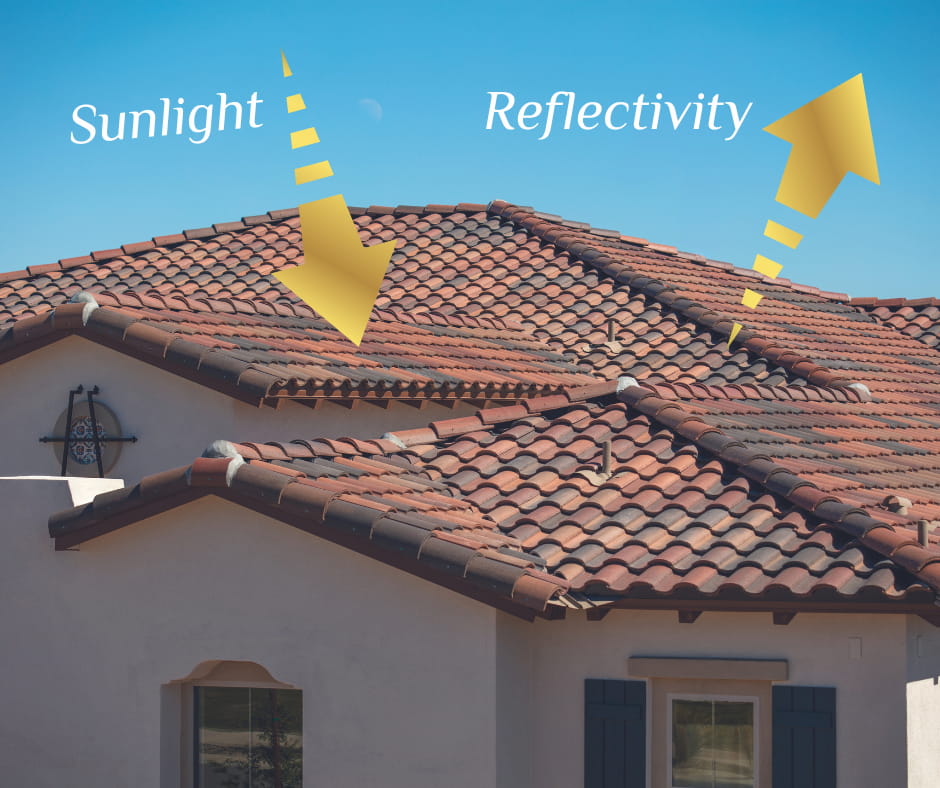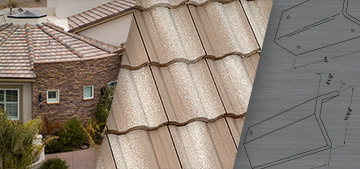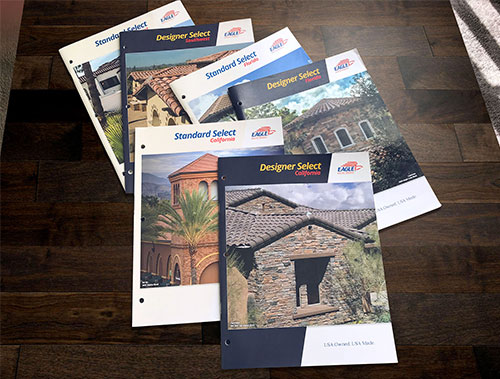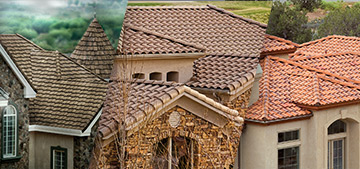When it comes time to select a roof for your renovation or new construction project, an important consideration is energy conservation. Not only are Eagle concrete tiles aesthetically pleasing, durable and sustainable, but they also offer superior energy-efficiency traits. They stand out from other roofing materials by possessing both reflectivity and high thermal mass, making them the ideal choice to enhance the performance of any structure.
Read on to discover how these characteristics make concrete roof tiles one of the most effective and popular energy-saving roofing materials in the market today.
Reflectivity
Reflectivity is the ability of a material to reflect sunlight instead of converting it to heat. Why are Eagle concrete tiles reflective? They are manufactured with four all-natural, recyclable materials: sand, cement, water and iron oxide. Cement is a naturally reflective commodity, so our product absorbs less of the sun’s energy. The combination of this inherent property with oxide pigment creates a roof system with a very high solar reflectance.
To accomplish this, our facilities create colors that enhance the reflectivity of the tiles. Within our Eagle portfolio, these ranges and blends are categorized as Cool Roof®. According to the Department of Energy, Cool Roofs are made to reflect more sunlight and absorb less heat than a standard roof, resulting in significant cost and energy savings
Thermal Mass
While reflectivity is a common characteristic of various roofing materials, not all contain the valuable trait of high thermal mass, also known as thermal emittance. Eagle tiles have this quality because they are dense and thick, which allows them to absorb and store heat throughout the day instead of letting it transfer through to the attic space. Consequently, your A/C does not have to work as hard to keep your building cool, especially during the summer months. In the winter, the stored heat from the sunlight keeps the building warmer at night when colder temperatures arise. High thermal emittance produces a better indoor climate and results in less energy use, no matter the time of year.
This chart demonstrates this process by showing how a room protected by a roof with high thermal mass is not as dramatically impacted by heat fluctuations throughout the day as a room covered by a roof with low thermal mass, such as asphalt shingles. When outside temperatures are low in the morning and evening, the high thermal mass room remains in a comfortable range, while the low thermal mass room is very cold.
As levels rise in the afternoon, the temperature increase of the high thermal mass room is slower and less drastic than the one with low thermal mass. Thus, an A/C system will not have to strain as much to keep indoor temperatures stabilized throughout the day when the roof has a higher heat capacity.
Looking Towards the Future
While we know that a concrete tile roof is highly energy efficient, Eagle is taking it a step further by working with the Tile Roofing Industry Alliance to conduct a 3-year field research study to measure the actual temperature and energy performance of concrete and clay roof tiles. This study will offer roofers, builders, homeowners and architects useful knowledge when understanding the temperature of roof tiles and their energy performance. To learn more about this study, visit the TRIA blog.
For more information on why concrete roof tile is the superior choice, contact an Eagle Account Representative near you!
